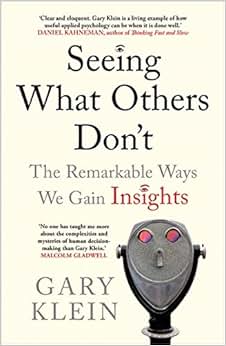
How Many Trading Days? Mastering the Week-to-Week Rhythm in Modern Markets
Introduction If you鈥檝e ever tried to plan a week of trades, you鈥檝e probably asked: how many trading days will the markets really give me? The answer isn鈥檛 a single number, but a calendar you can tailor to forex, stocks, crypto, indices, options, and commodities. In practice, that calendar shapes your risk, your leverage choices, and your chart-reading routine. This piece seasons you the idea with real-world scenes鈥攆rom a Sunday crypto pull to a Friday equity close鈥攁nd shows how to align your strategy with the weekly rhythm.
Asset Day Rhythm What counts as a 鈥渢rading day鈥?varies by market. The forex market runs around the clock Sunday evening through Friday, yielding five core days with liquidity peaking in London and New York sessions. Stocks in the U.S. follow a strict five-day week, 9:30 to 4:00 ET, with holidays chewing into the cadence. Crypto markets never sleep, 24/7, which means opportunities can pop up any hour鈥攅ven overnight鈥攜et liquidity dormant spells still exist. Indices, options, and commodities ride on exchange hours and futures calendars, often offering extended sessions. The practical upshot: plan five weekday windows for traditional assets, but leave room for the 24/7 crypto heartbeat and the occasional weekend liquidity surge in futures.
Key Points by Asset Class
- Forex: Five weekday sessions, currency pairs can move on macro surprises any hour. Expect quieter nights but keep risk controls in place.
- Stocks & Indices: Weekdays only, but earnings, macro data, and policy shifts can create intraday swings. Use overnight risk filters and set price alerts for gaps.
- Crypto: Always-on liquidity, but bursts of volatility after news. Use clear risk limits; automate stops if you鈥檙e trading unattended.
- Options & Commodities: Hours align with the exchange, with seasonal patterns around holidays and reports. Leverage and theta risk need careful budgeting. Reliability tip: set a weekly plan, but stay flexible around major data releases. A simple rule鈥攄efine your entry window, your max daily loss, and your exit targets鈥攌eeps you on track across markets.
Leverage, Risk, and Practical Tradecraft How many trading days you plan affects your leverage ceiling. Shorter windows demand lighter positions and tighter risk controls; longer, active weeks invite scaled exposure but require disciplined sizing. Practice the habit of daily reviews: what moved, why, and what鈥檚 next. Use stop-loss and risk-per-trade caps, backtest strategies before committing, and diversify across assets to smooth the weekly curve.
Tech, Security, and Charting Tools Trading today rides on fast data and clean visuals: real-time charts, correlation heatmaps, and on-chain analytics for crypto. A solid setup blends desktop and mobile access, secure wallets, and dashboard alerts. For a week鈥檚 rhythm, a multi-timeframe approach helps鈥攈ourly for entries, daily for trend context, and weekly for big-picture bias. Smart charting tools plus disciplined risk alerts keep you aligned with the days you actually trade.
DeFi Landscape: Promise with Hurdles Decentralized finance promises seamless, cross-asset access, but liquidity fragmentation, smart-contract risk, and regulatory questions remain. Yield and lending protocols can impact day-to-day returns, but security audits and robust custody solutions are essential. The current path blends traditional venues with DeFi lanes, offering new ways to ride the weekly delta while demanding rigorous safety checks.
Future Trends: Smarter Contracts and AI-Driven Trading Smart contracts will automate more of the routine, from order routing to settlement, tightening the link between days and outcomes. AI will help parse calendar events, forecast liquidity shifts, and optimize position sizing across assets. The promise is a more predictable cadence鈥攚here your 鈥渉ow many trading days鈥?becomes a confidently calibrated parameter rather than a guess.
Slogan and Takeaway Five days, boundless edges鈥攃ount the days, sharpen the playbook, own the rhythm. How many trading days you actually trade is the compass for your capital, your tools, and your guardrails. Plan the week, power the trades, and ride the trend with you, not against it. Ready to turn the calendar into your edge? Align your strategy with the week, and let the days work for you.


